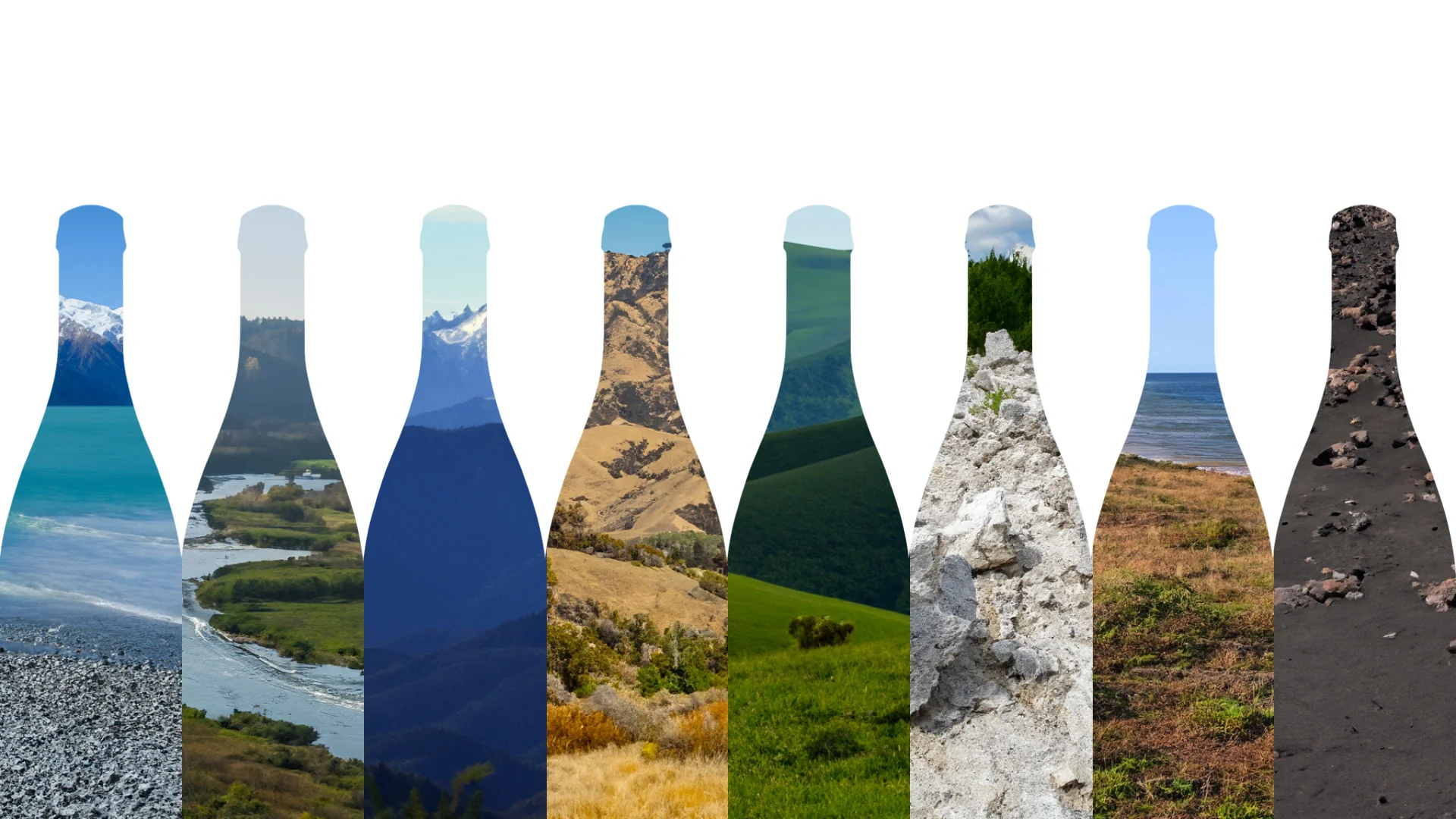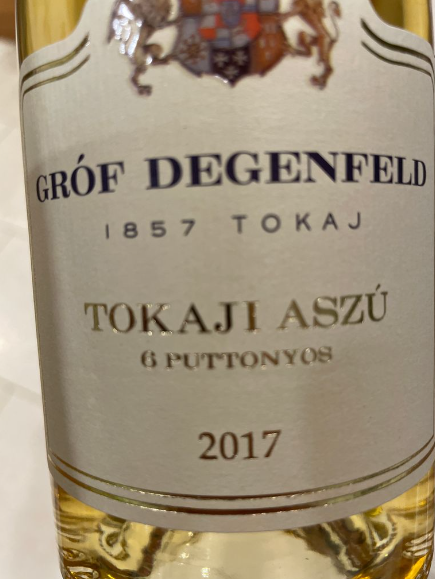The winemaking traditions of Hungary are intrinsically linked to the country’s climate and geography. The landscape, with its diverse regions and varying climates, plays a pivotal role in shaping the distinctive profiles of Hungarian exceptional wines. From the sun-soaked hills of Eger to the historic vineyards of Tokaj, understanding how these natural factors influence exceptional wines production unveils the true essence of Hungarian terroir.
Diverse Wine Regions
Hungary boasts several distinct wine regions, each characterised by its unique climate and geography. Tokaj, known for its sweet aszú wines, has volcanic soils and a continental climate. Eger, on the other hand, features a mix of volcanic and limestone soils with a continental climate, producing robust reds. Therefore, Villány, with its Mediterranean climate, is acclaimed for its full-bodied red wines. This diversity in regions contributes to a rich tapestry of flavors and styles.

Continental Climate
The majority of Hungary experiences a continental climate with hot summers and cold winters. Thus, this climatic variation significantly influences the ripening process of grapes, contributing to the complexity of Hungarian wines. The diurnal temperature shifts, where warm days are followed by cool nights, enhance the development of aromatic compounds in the grapes, resulting in wines with a fine balance of acidity and ripeness.
Unique Terroir of Tokaj
Tokaj, Hungary’s renowned wine region, gains acclaim for its sweet aszú wines, particularly the Tokaji. Hence, the volcanic soils and favorable microclimate characterize Tokaj’s terroir. The nearby Tisza and Bodrog rivers contribute to the region’s humidity, promoting the growth of the noble rot (Botrytis cinerea) on grapes. This noble rot, combined with the volcanic terroir, imparts unparalleled complexity and sweetness to Tokaji wines.
Limestone and Volcanic Soils
The diversity of soils in Hungarian wine regions is a crucial factor in shaping wine profiles. Limestone soils, prevalent in regions like Eger and Somló, contribute to the minerality and elegance of white wines. Volcanic soils, found in areas like Tokaj and Balaton, provide unique characteristics, influencing the texture and structure of both white and red wines. Hence, these distinctive soil compositions are the canvas upon which Hungarian grape varieties express themselves.
Influence of Water Bodies
In addition, water bodies, such as the Danube and Tisza rivers, have a moderating effect on the climate in certain Hungarian wine regions. This influence helps regulate temperatures, preventing extreme heat or cold and mitigating the risk of late spring frosts. Hence, the proximity to rivers also contributes to the overall terroir, influencing the expression of grape varieties and the balance of flavors in the wines.
Microclimates within Wine Regions
Additionally, microclimates within Hungarian wine regions further refine the terroir. Hillsides, slopes, and valleys create diverse microclimates that impact sunlight exposure, temperature, and air circulation. These variations lead to nuanced differences in grape ripening, acidity levels, and aromatic intensity, even within a single region.
Altitude and Sun Exposure
Moreover, altitude plays a crucial role in Hungary’s wine production. Vineyards situated at higher elevations benefit from cooler temperatures and increased sun exposure. This combination enhances the development of flavours and ensures a gradual ripening process. Wines from elevated vineyards often exhibit a vibrant acidity and a unique expression of the grape varieties.
Adaptation to Climate Change
With ongoing climate change, Hungarian winemakers are adopting strategies to adapt to shifting climatic conditions. Therefore, experimentation with new grape varieties, changes in vineyard management, and the exploration of alternative winemaking techniques are becoming integral to preserving the distinctiveness of Hungarian wines in the face of evolving climates.
Conclusion
In conclusion, the symphony of Hungary’s climate and geography creates a harmonious terroir that distinguishes its wines on the global stage. Therefore, from the historic vineyards of Tokaj to the sun-kissed slopes of Villány, each region contributes to the unique identity of Hungarian wines. The interplay between continental climates, diverse soils, and the influence of water bodies encapsulates the essence of Hungarian terroir, offering wine enthusiasts an unparalleled journey through a landscape where nature intricately shapes every sip.




